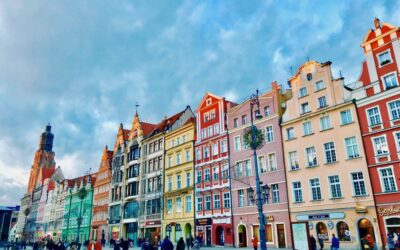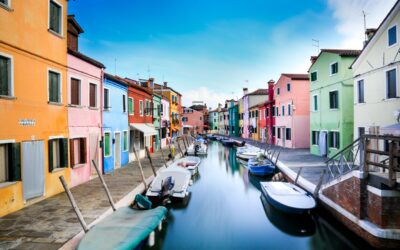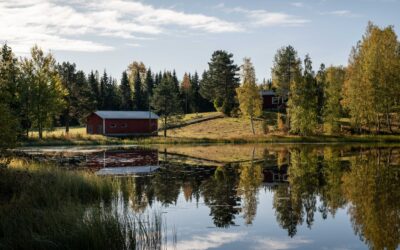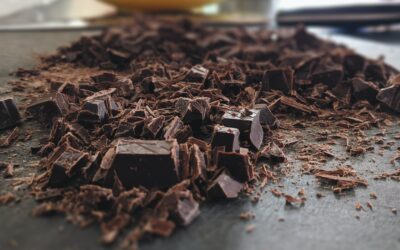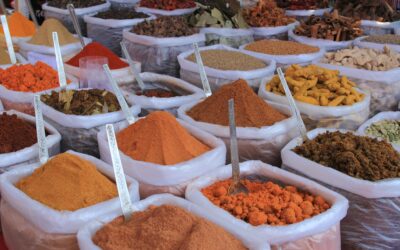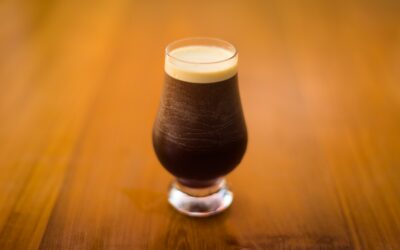Poland ties with Spain and the UK as Europe’s third largest beer producer, after Germany and Russia. Polish brewers make many different type of porter and stout, and more than their share of smoked beers.
Italy
Italian craft brewing is a hotbed of creativity and has advanced massively this century. Despite, or perhaps because of, not having any historic beer styles to revive, and despite, or perhaps because of Italy having an advanced wine culture, the expectation has always been that the country’s brewers would eventually invent their own classic styles.
Germany
When Bavaria joined greater Germany in 1871 one of the conditions of the deal was the adoption across the whole country of the Bavarian Beer Purity Order – known popularly but incorrectly as the Reinheitsgebot. This brought largely unintended homogeneity to German brewing, which had previously being quite regional in its approach.
Finland
The legendary rye beer of southern and central Finland is by tradition a home-brew like no other. Impossible to export for its absence of hops, specifically excluded from Finnish Prohibition in the early 20th century, avoiding extinction as often and deftly as the Giant Panda, no beer is more regional and more special than this one.
Belgium
Belgium is the mothership of craft brewing, a part of the world that has exerted more influence over the development of modern brewing than anywhere else in Europe. The extent of this is so great that to read about the best known Belgian styles, see : Blond, Dubbel, Flemish Red, Grisette, the Lambics, Belgian saison, Saison Légère, Spéciale, Strong dark, Strong golden, Tripel, Witbier
Barrel-aged beers
A novice may be forgiven for thinking that a barrel-aged beer will have been put in a barrel for the purpose of ageing. This is not correct. In modern brewing the term is used to describe a beer has been put into a barrel that previously contained some form of spirit or strong wine.
Coffee, chocolate and dessert beers
Coffee and dark chocolate flavours in a stout or porter can be conjured by preparing malt in particular ways, such as in a similar roaster to that used to make bakers’ cocoa or espresso coffees. A similar effect can be achieved by adding cocoa or ground coffee, which some brewers do. A few use instant coffee, or essence.
Spiced beers
Before the use of hops, brewers would try to preserve their beers and add enticing flavours to them by adding spice and herb combinations called variously gruit, gruyt, gruut or grut. British and Irish brewers also added a type of fine seaweed, called carrageen, or Irish moss, as much to clarify as to flavour them.
Speciality stouts & porters
Quite how far the tastes of 21st century consumers will go in prompting further revival and a fresh expansion of sub-styles of porter and stout has yet to be seen. A wide variety of new sub-styles are already appearing, featuring added ingredients and variations on barrel-ageing and oak-ageing. Already, for example in Poland, some appear to have staying power.

